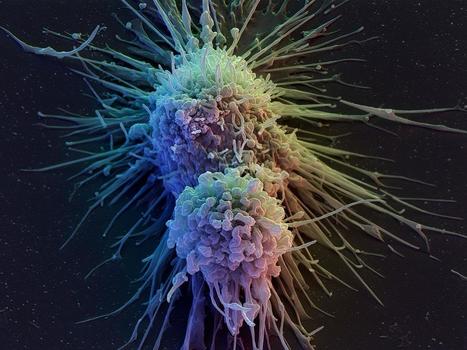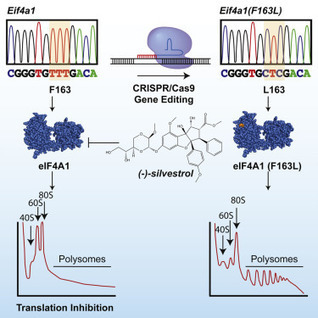One of the greatest challenges facing cancer researchers is to understand why some patients don't respond to treatments.
Research and publish the best content.
Get Started for FREE
Sign up with Facebook Sign up with X
I don't have a Facebook or a X account
Already have an account: Login
 Your new post is loading... Your new post is loading...
 Your new post is loading... Your new post is loading...
|
|





















One of the biggest challenges facing cancer researchers is understanding why some patients do not respond to treatment. In some cases, tumours have what is known as multi-drug resistance (MDR), which severely limits treatment options for patients. However, researchers have discovered one of the causes of MDR and a potential strategy to combat it. In their study, the researchers began by using CRISPR technology in mouse stem cells to search for mutations that generate resistance to antitumor agents such as cisplatin, rigosertib or ultraviolet light. Mutations in the FBXW7 gene appeared early on, suggesting that this mutation could confer MDR. In addition, FBXW7-deficient cells showed an excess of mitochondrial proteins, which has already been shown to be associated with drug resistance. Nevertheless, a detailed analysis of these organelles further revealed that the mitochondria of these multi-drug resistant cells appeared to be under severe stress. Finally, the researchers showed that the antibiotic tigecycline is toxic to FBXW7-deficient cells because it activates the 'integrated stress response'. This study thus opens a new avenue of research to combat multidrug resistance.